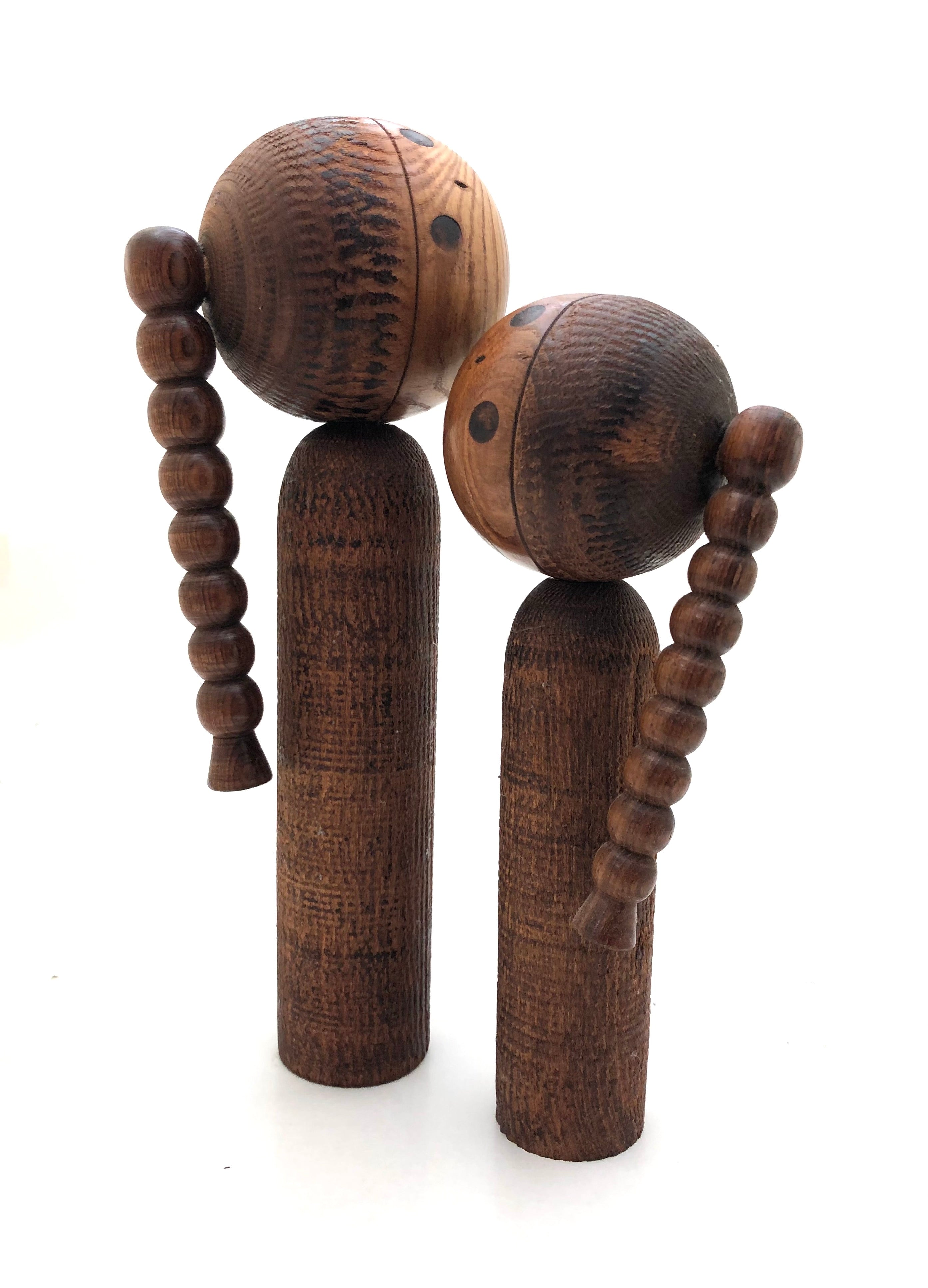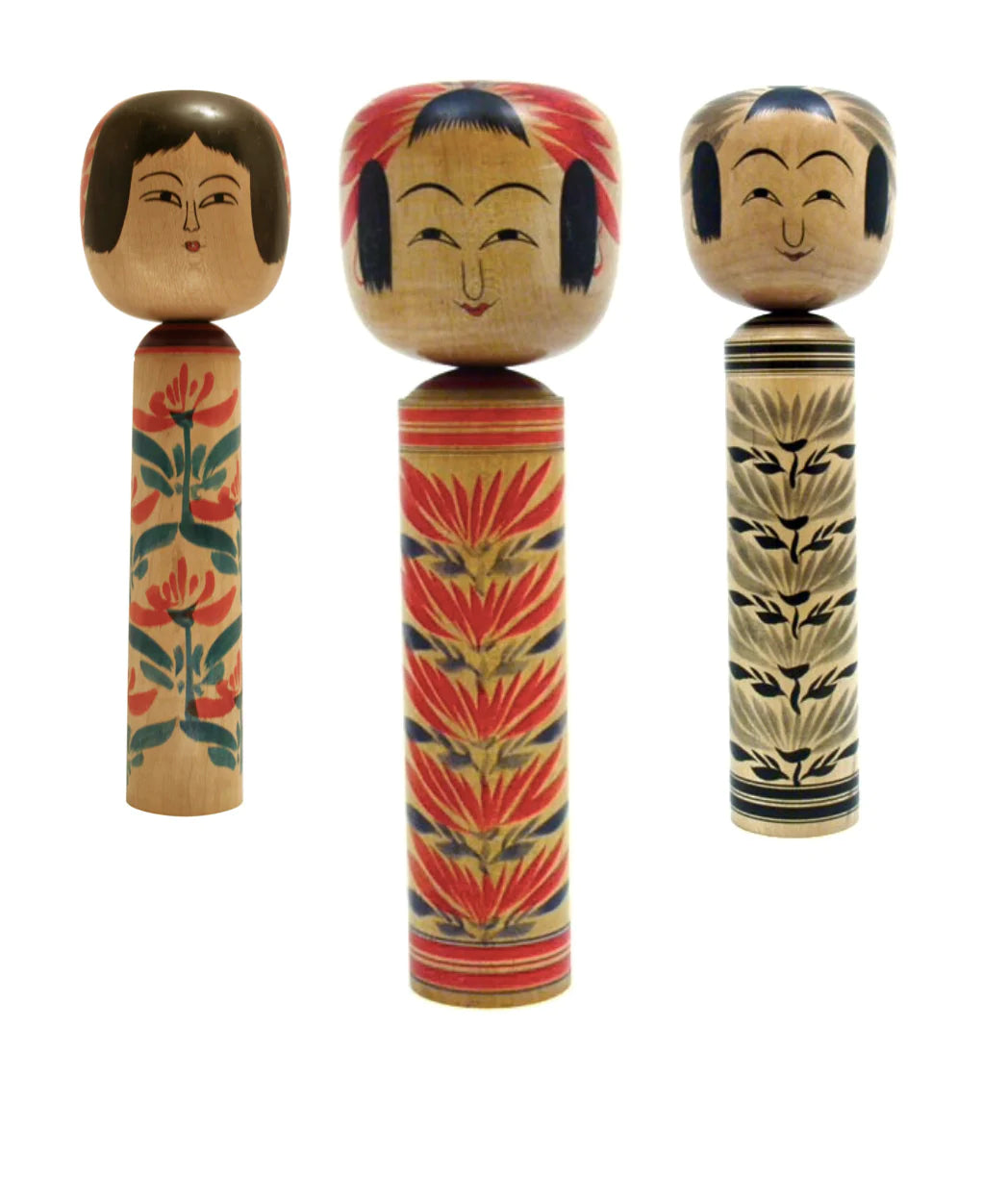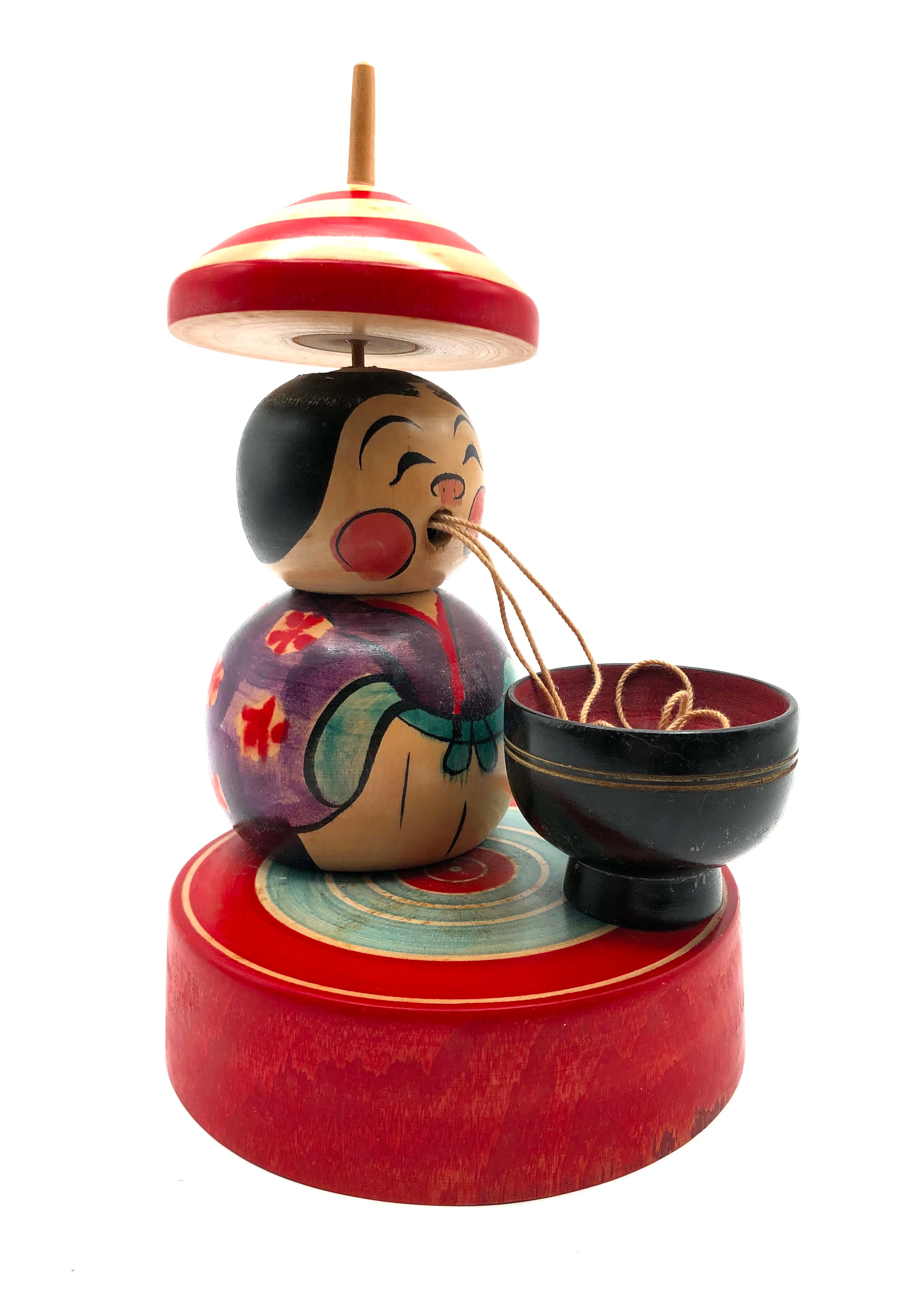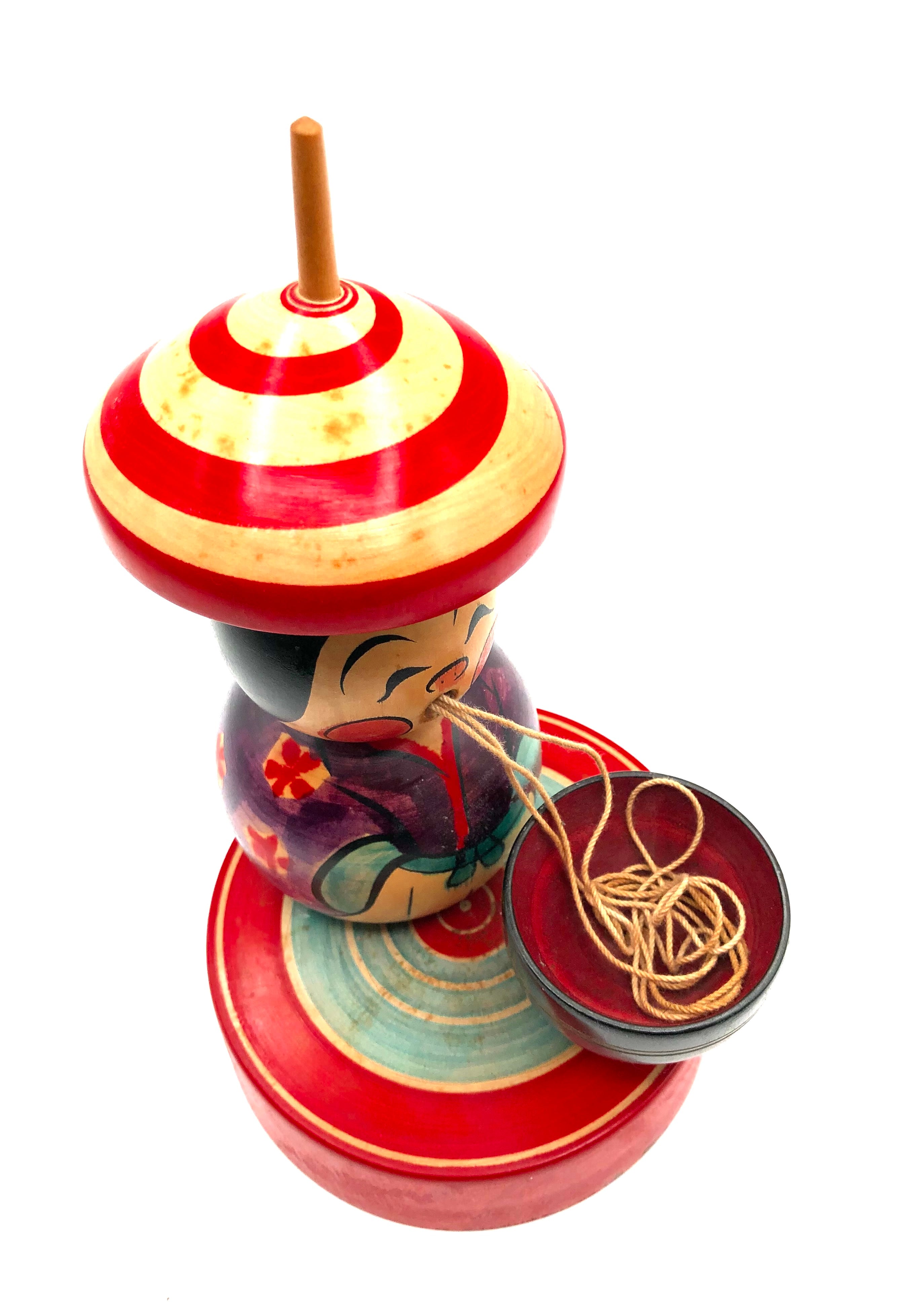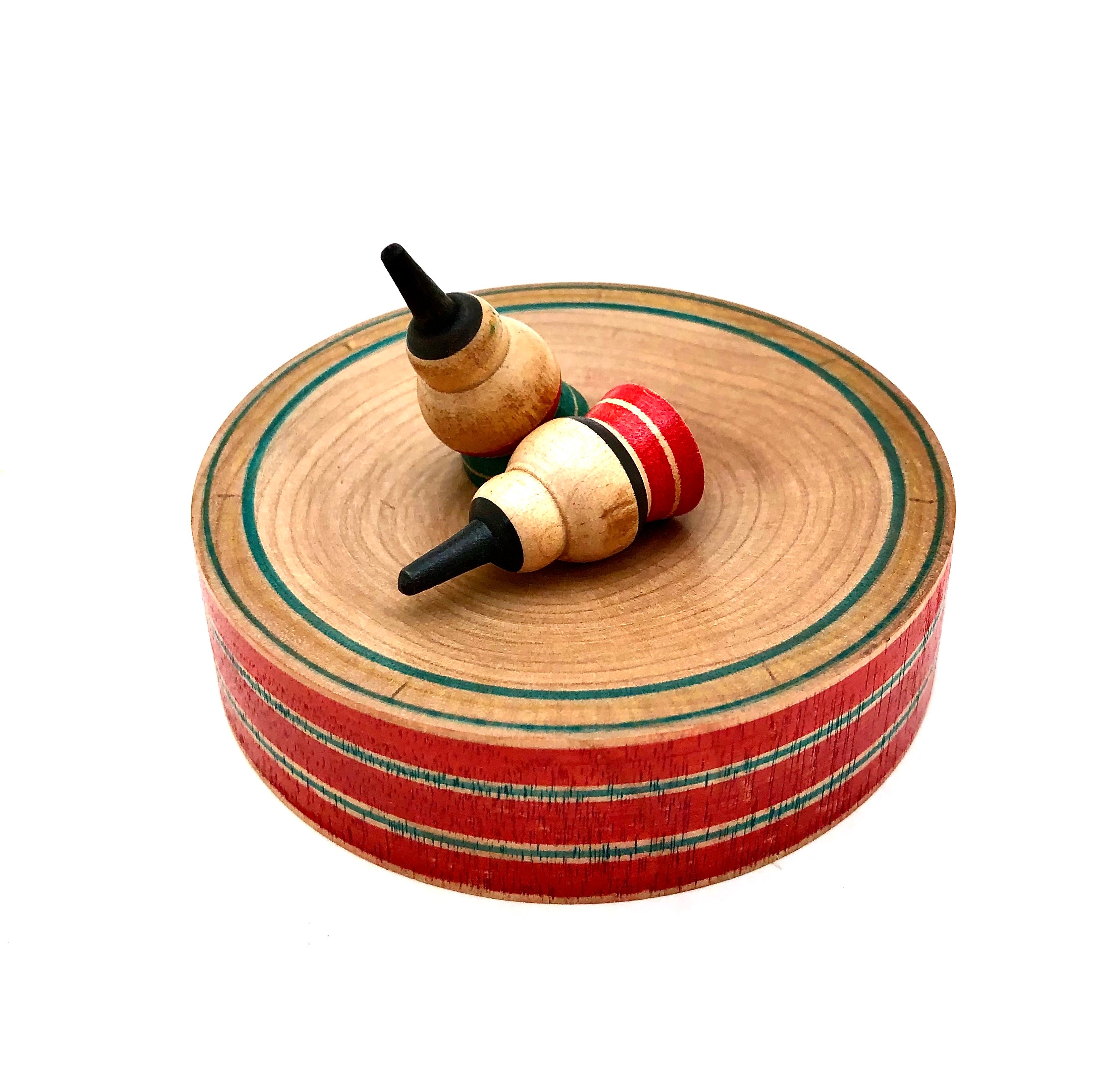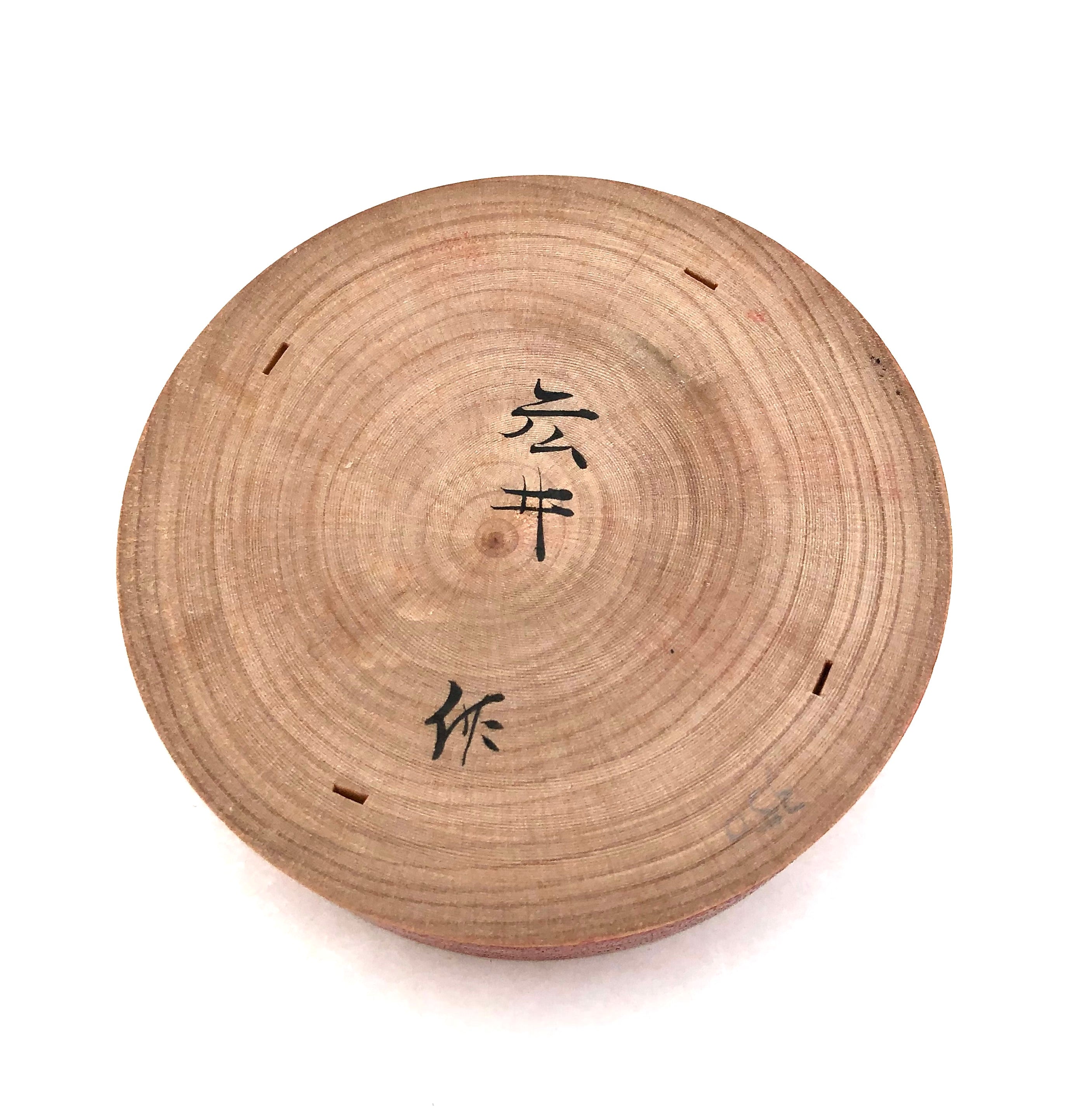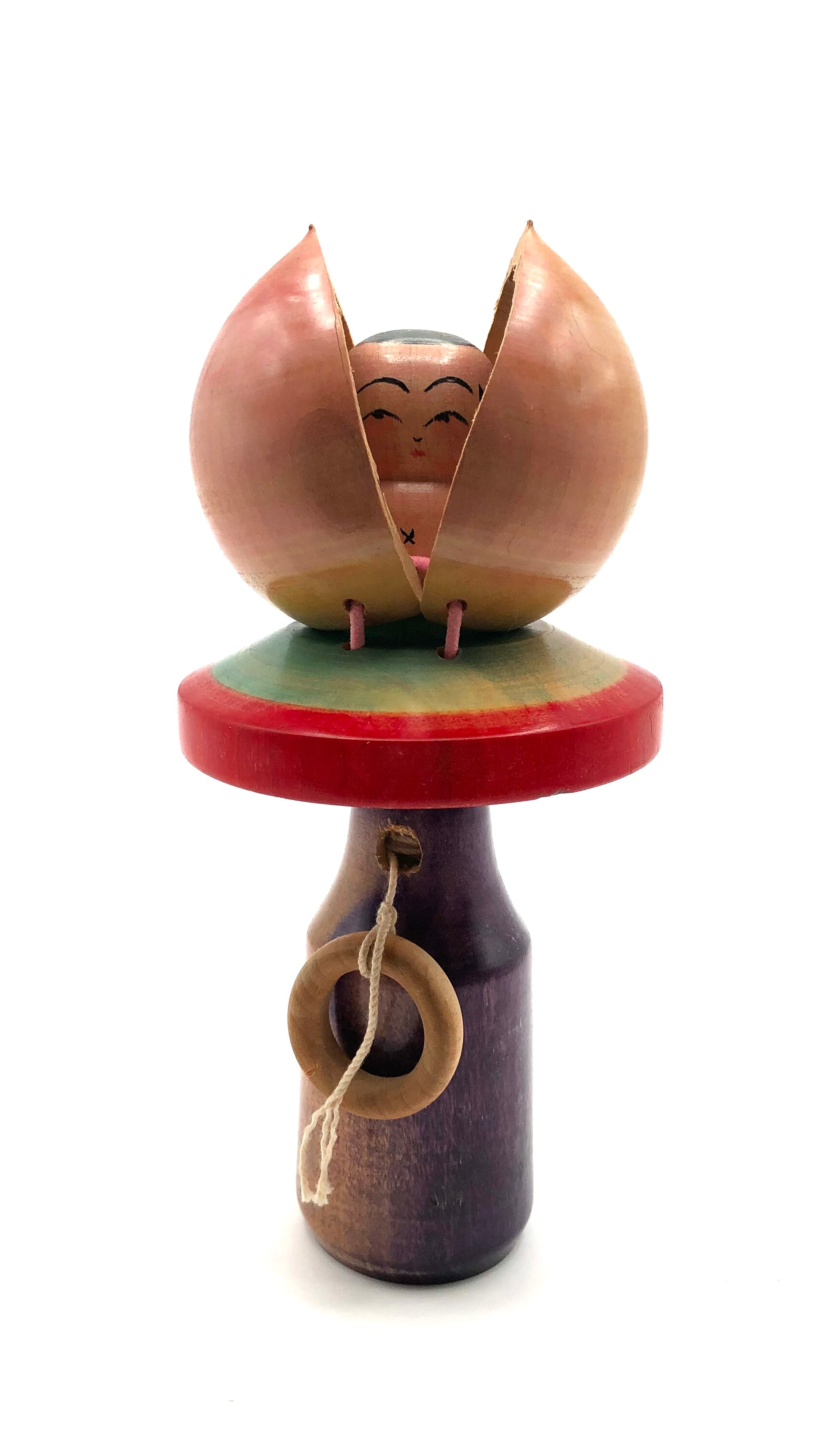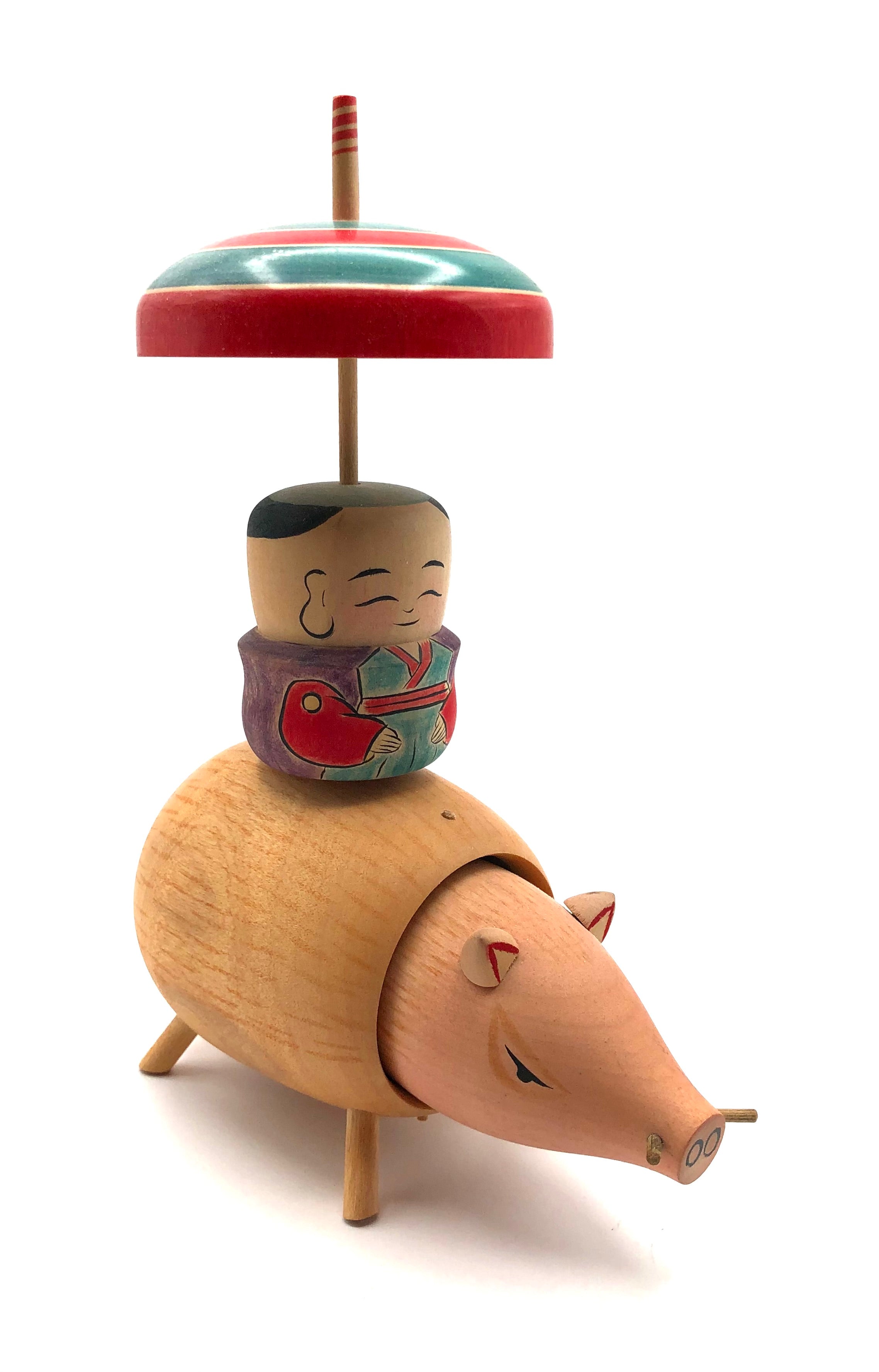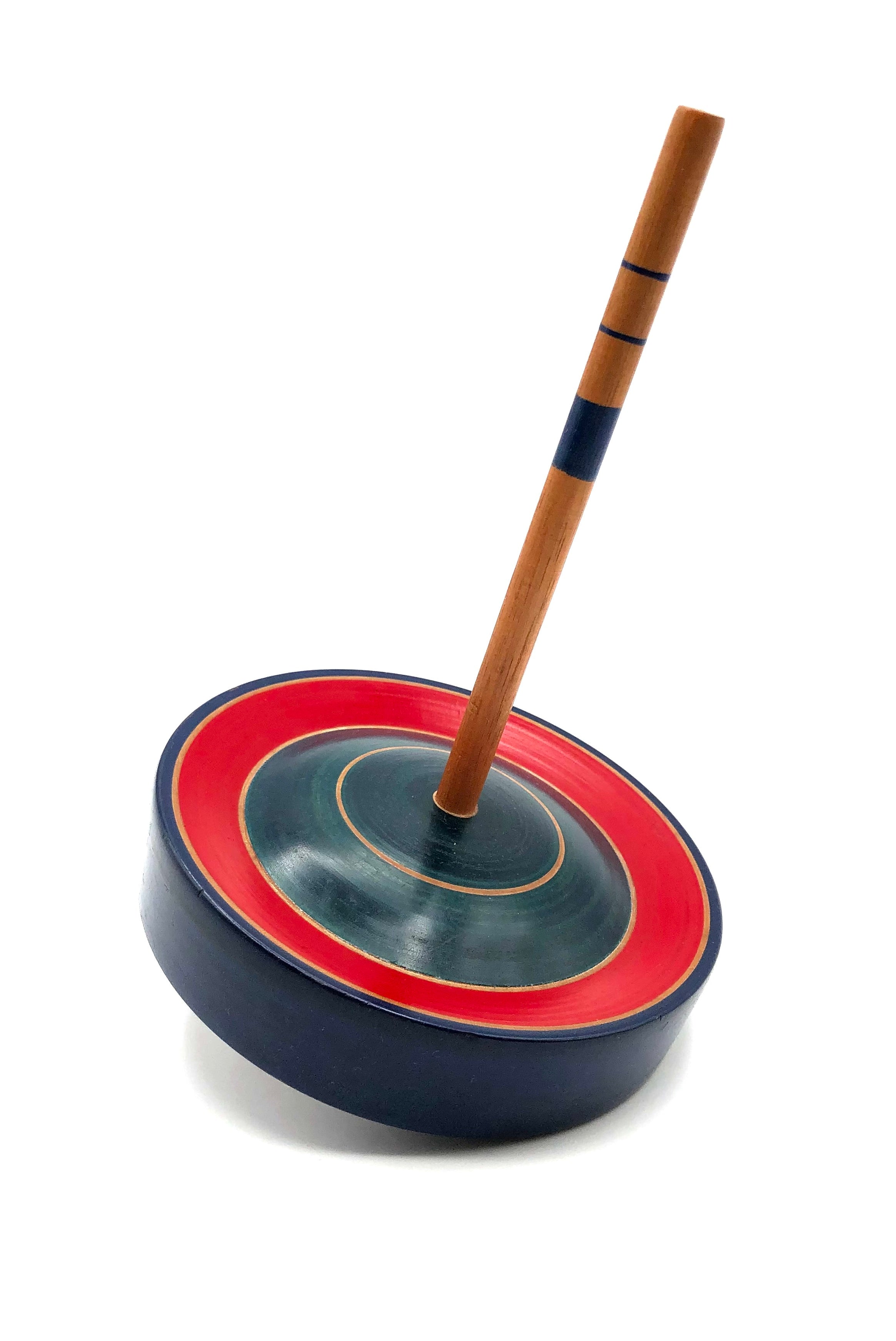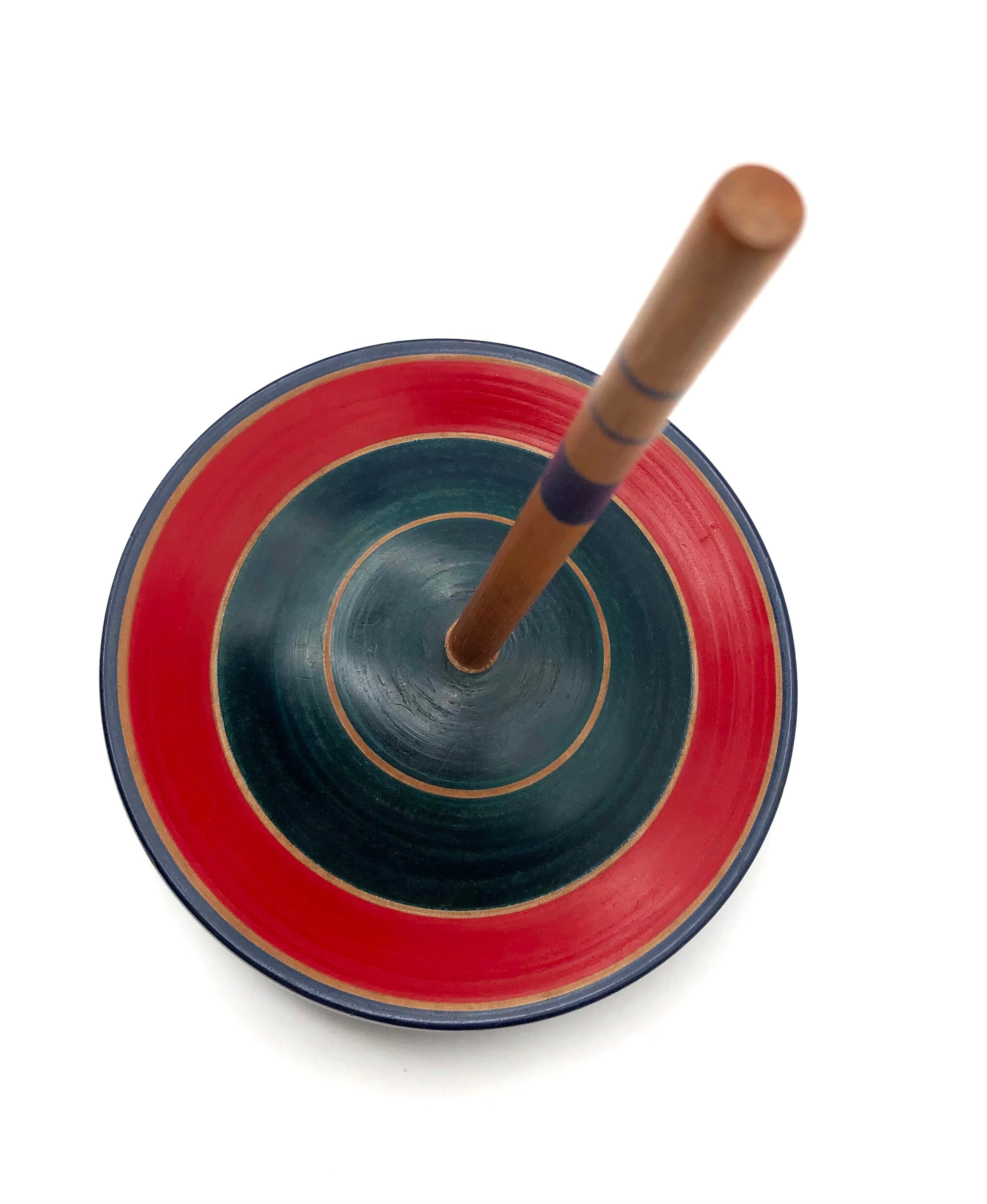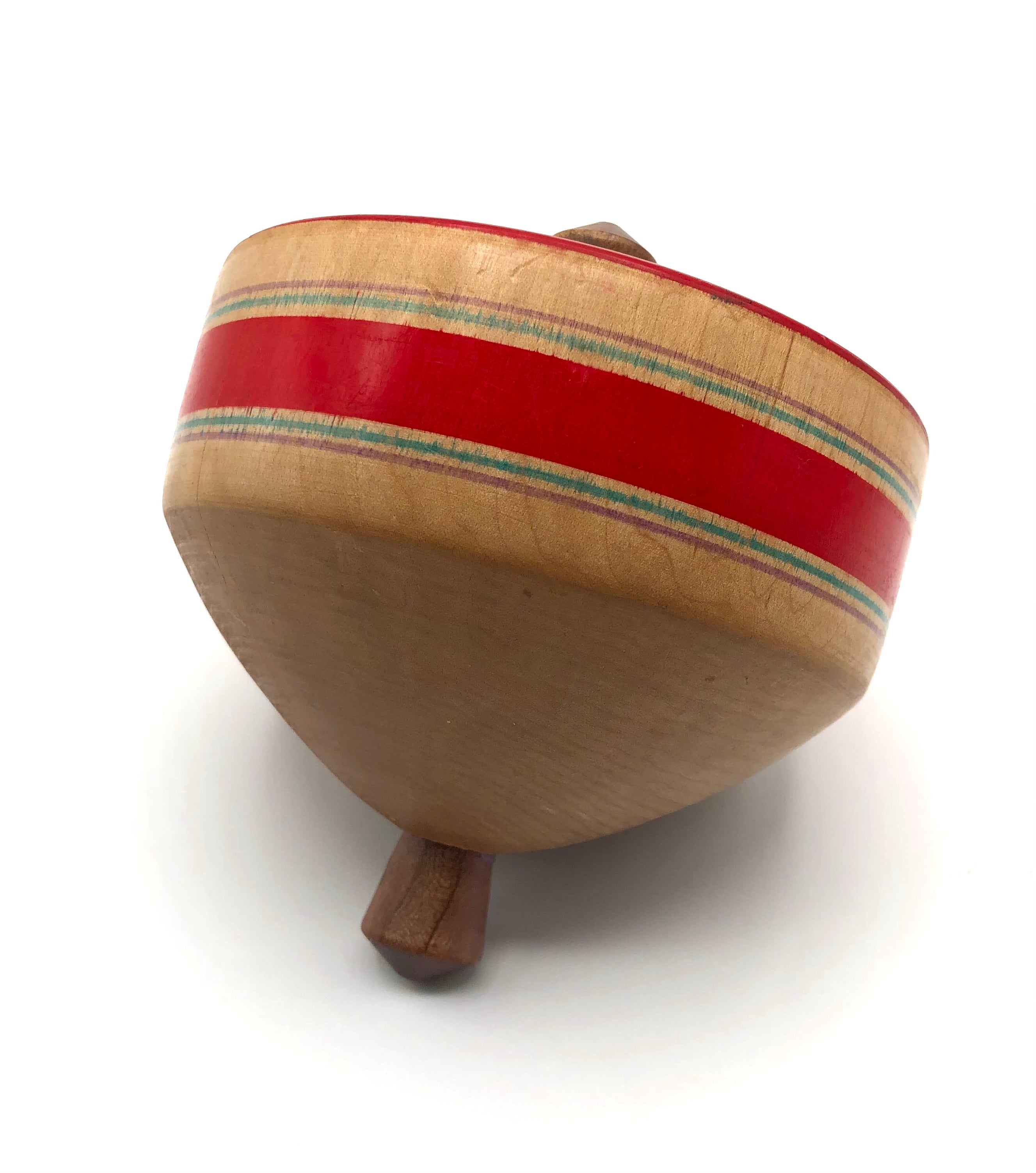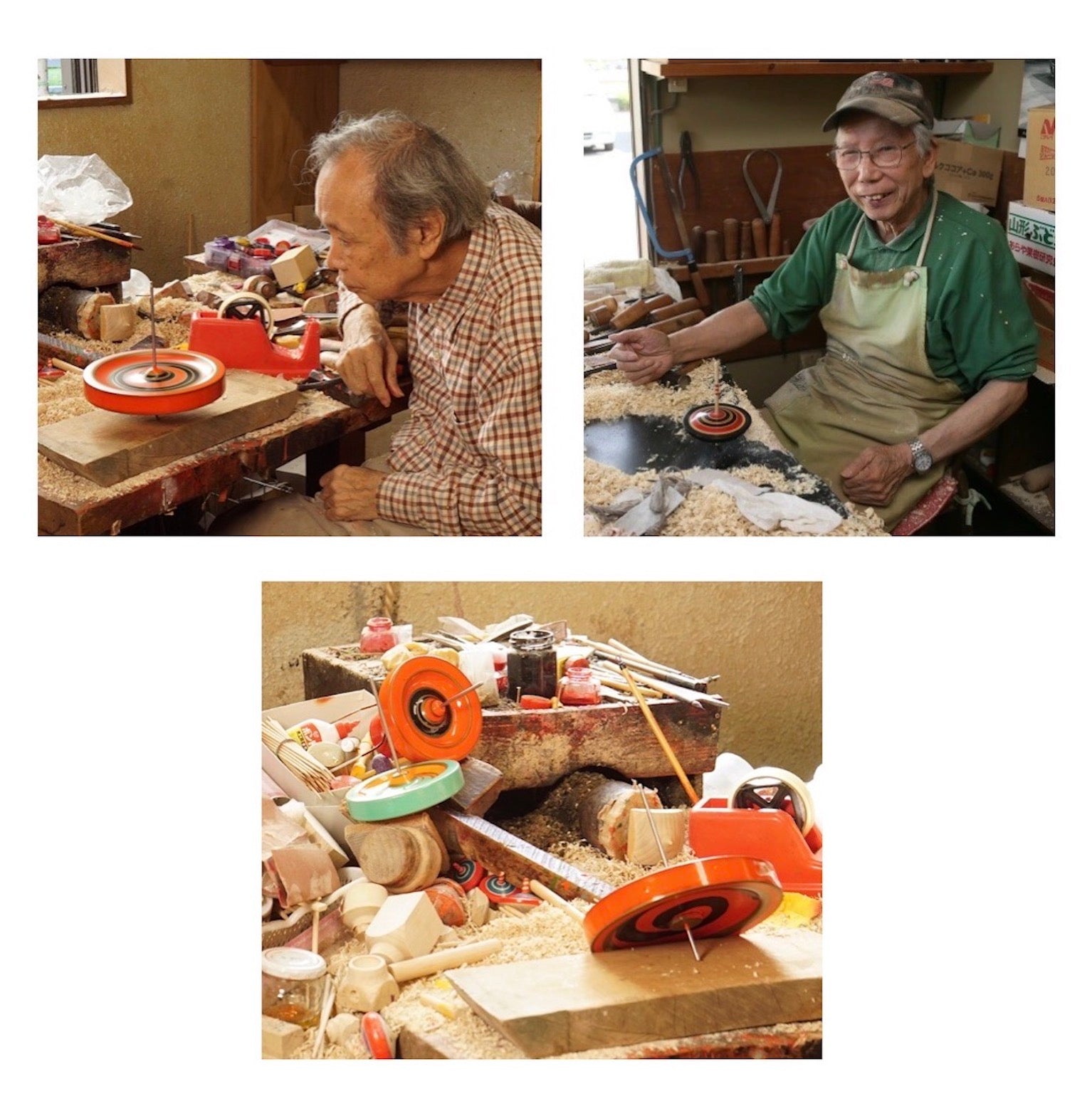
Artisan | Interactive Toymaker: Hiroi, Masaaki | 1935-2019
Origin:
Masaaki-san is a fourth-generation suburban Tokyo resident, and maker of hand-crafted children’s toys, which he created with traditional Edo and wind-up techniques, (1603-1867) when studying under Master Hiori Kenjiro. Admired throughout Japan and around the world, his creations have been exhibited and acquired for the permanent collection of the Louvre. Hiroi died in 2019 and has been named an honorary citizen of Seattle, Washington.
Collector's note – descriptive qualities, standard characteristics & ornamentation styles:
The majority of his toys are automatonical figures. Many are inspired by the everyday life of citizens and folk stories. All are brightly painted and fashioned from wood. He is famous for his spinning tops of all sizes; all beautifully functioning as conceived.
Artist's comments: The Tops in People's Hearts
"I am sad to see so many old toys become obsolete around the world. I want to make people who buy my toys laugh, and make toys that anyone, old and young, men and women can enjoy”. I don’t create just traditional forms [of tops] but also come up with new technical forms. I haven’t counted them, but I’ve probably invented around 4,000 or 5,000 types.
One day, my father gave me a foot-powered lathe so I could make tops and other things to play with. I liked working with my hands, so every day I worked on the lathe. My older brother and I made tops and kendama (cup and ball toys) and sold them on the Sendai black market. It was a time when there were no toys, so they sold quite well.
I became facinated earlier in my career with automatons, which come to life as they spin. There are no diagrams for top-automation making. When I come up with an idea for an automaton, I don’t ever give up until it’s been realized. There’s one top, “Momotarō” (Momotarō the Peach Boy)—when you pull the string and make it spin, the peach part is supposed to pop open so you can see the little boy— but the peach’s mechanism doesn’t open properly. I thought about it for days on end. I made an adjustment to the placement of the elastic, and when the peach popped open smoothly a bell went off somewhere. It was in 1965 that I decided to take these larger automaton figure overseas rather than just selling in Japan. Twenty seven years ago, I took about 70 of my works to the Musée des Arts Décoratifs in Paris. The curator at that time said, “I’ll only collect items that you designed yourself” and not toys designed by you and created by your apprentices. I gave a dubious expression saying: there is value in contemporary artists creating new art. That I am able to proudly say today that I am producing tops that are my own work is because of his words to me.
For complicated mechanisms, sometimes it can take as many as 10 days to produce them. Even though I’ve been on this path for 60 years, that’s nothing to boast about. If one cannot do their craft skillfully, there is nothing but failure. The idea that tomorrow I will be able to make even better tops than I did today—that is what has kept me going for such a long time". HM


